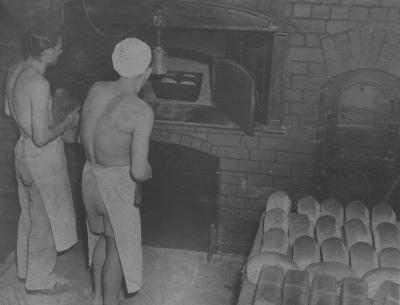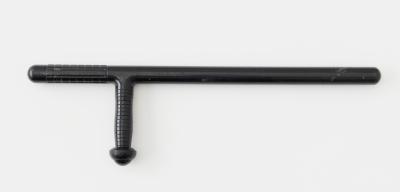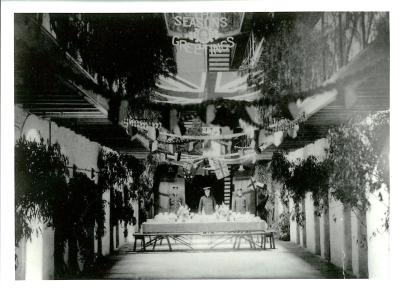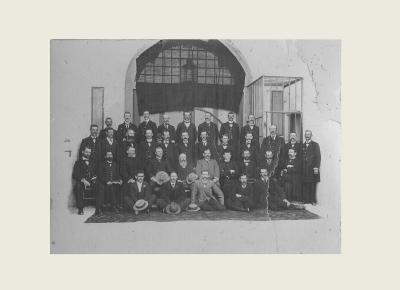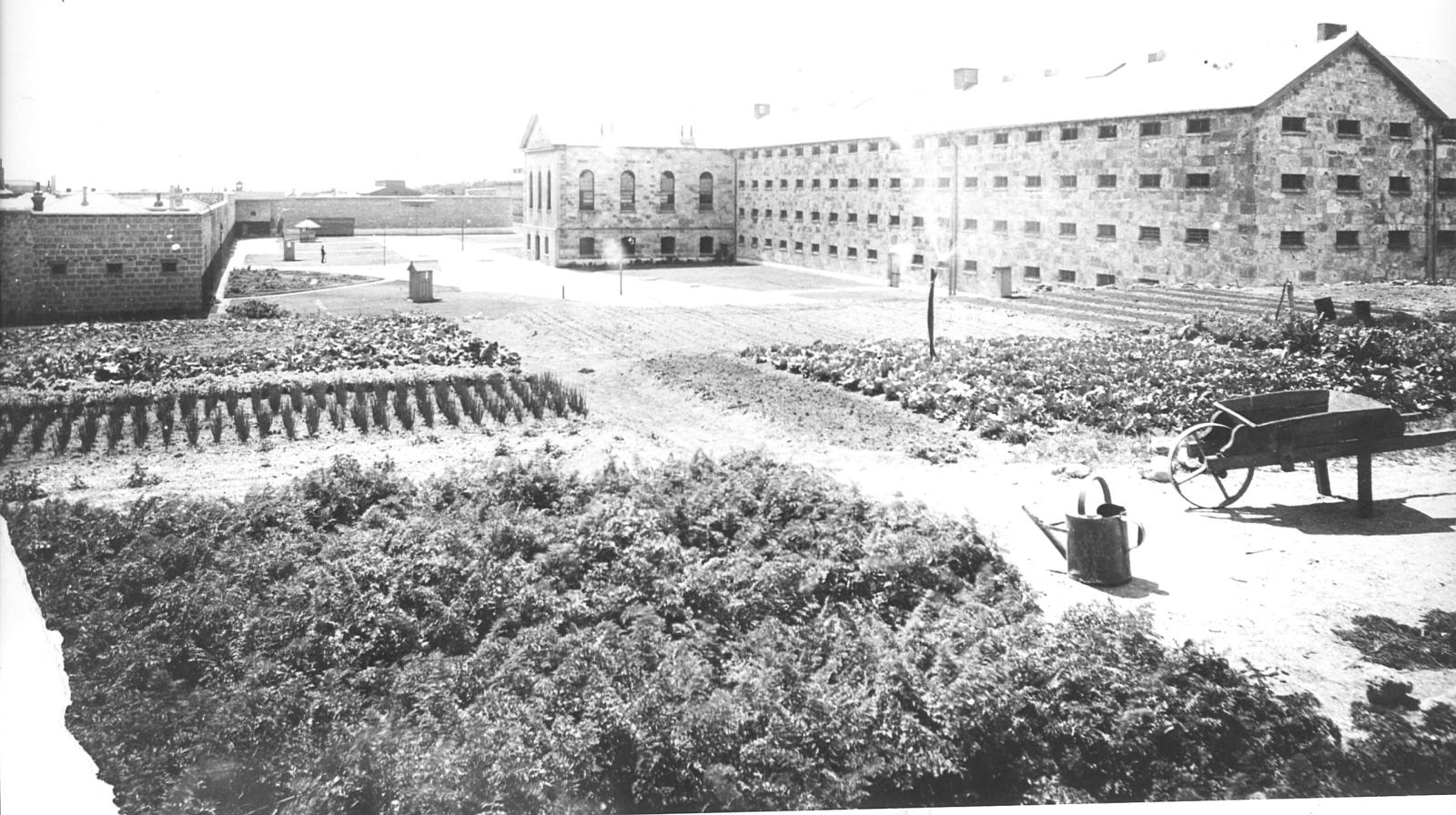IMAGE OF VEGETABLE GARDENS
c. 1912Black and white, landscape image of the Fremantle Prison vegetable gardens, attached to card. Black and white photograph showing a view of the northern end of the Main Cell Block in the background, taken from the vantage point of the vegetable gardens on the upper south terrace. The photograph has been pasted onto cardboard, and the lower left hand corner has lost a small portion of the image. The image shows a watering can, wheelbarrow and a sprinkler in the foreground, surrounded by rows of plants.
Image of vegetable gardens at Fremantle Prison. The Superintendent's Report of 1915 refers to a vegetable garden being begun in the middle of 1912, therefore this is the earliest date this photograph could have been taken.
Details
Details
The large courtyard in front of the Main Cell Block at Fremantle Prison, today known as the Parade Ground, had long been a blank expanse of limestone. In 1912 this was drastically changed and the area covered with gardens, soon after which this photograph is believed to have been taken. Neatly kept lawns were bordered with flowers, and on the terraced banks of the south knoll vegetable gardens were planted, which added a practical purpose. By 1942 there was a parterre garden added on the north side of the inner gate.
By the 1960s the gardens were embellished with decorative features such as brick edgings, flower pots and an ornamental fish pond in the south bed. Roses, chrysanthemums, gladioli, petunias, carnations and other horticultural favourites were cultivated in flowerpots, with prize winning specimens being entered in the Perth Royal Show.
An ex-officer of Fremantle Prison remembers the garden beds being removed in the late 1960s when it was discovered that prisoners were finding ways to make drugs from the flowers. By the late 1970s the extent of the vegetable gardens had also been reduced, with the lower gardens at the southern end of the Parade Ground being converted to lawn, which was then used as a clothes-drying area. The gardens were a highly successful innovation which provided “at once a task and a recreation” and received favourable comments in annual reports throughout the years of their use.
Open in Google Maps
Nearest geotagged records:
- PHOTOGRAPH OF CATHOLIC CHAPEL AFTER 1988 RIOT (0km away)
- AD REM PRISON NEWSLETTER (0km away)
- CONCERT PROGRAMME (0km away)
- IMAGE OF CHRISTMAS FESTIVITIES (0km away)
- ENTRANCE TO FREMANTLE PRISON (0km away)
- IMAGE OF SALLY PORT (0km away)
- IMAGE OF THE MAIN CELL BLOCK (0km away)
- GATEHOUSE/RECEPTION (0km away)
- IMAGE OF BAKING BREAD (0km away)
- PHOTOGRAPH OF PRISON LIBRARY (0km away)
Nearby places: View all geotagged records »
